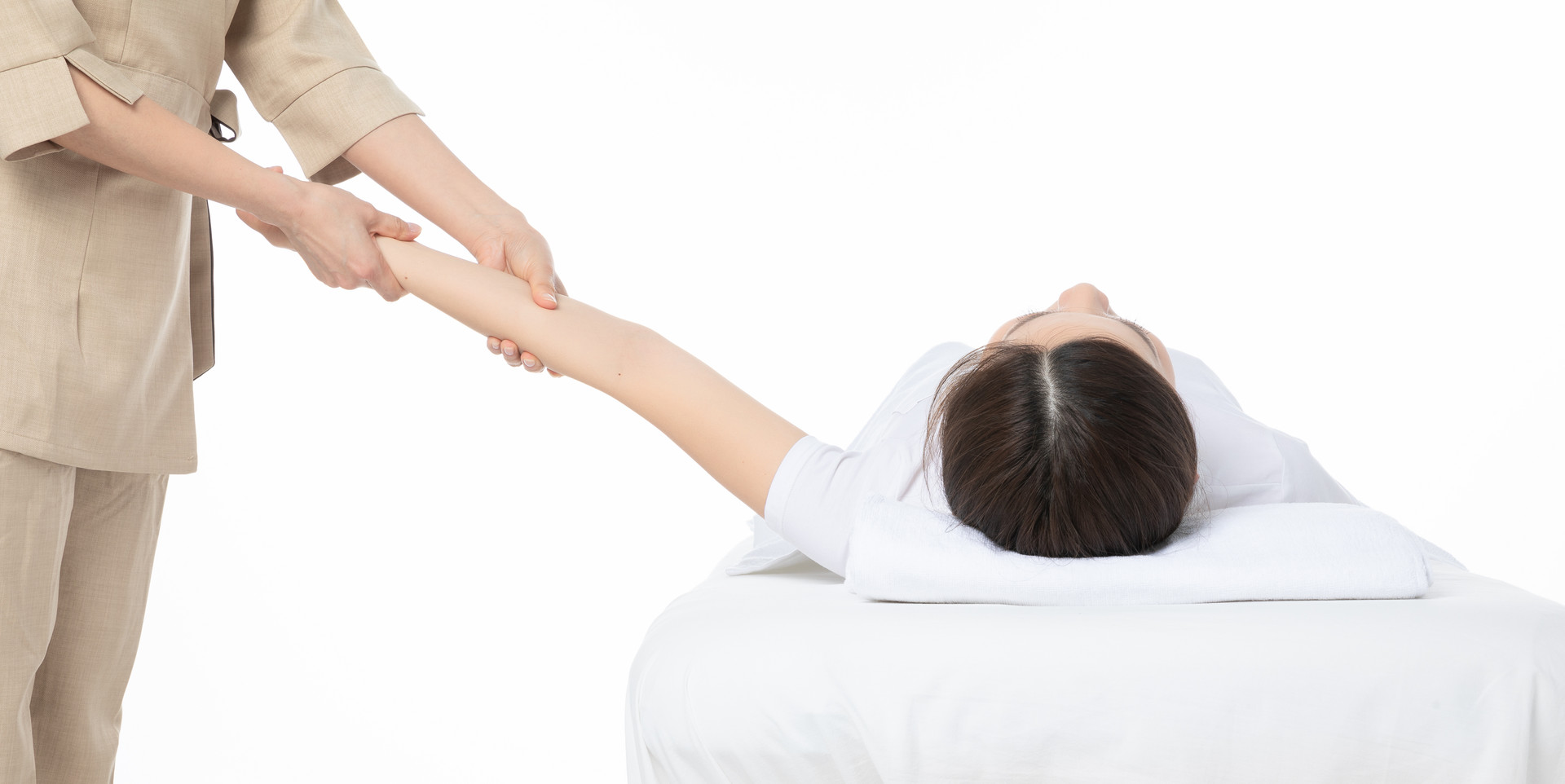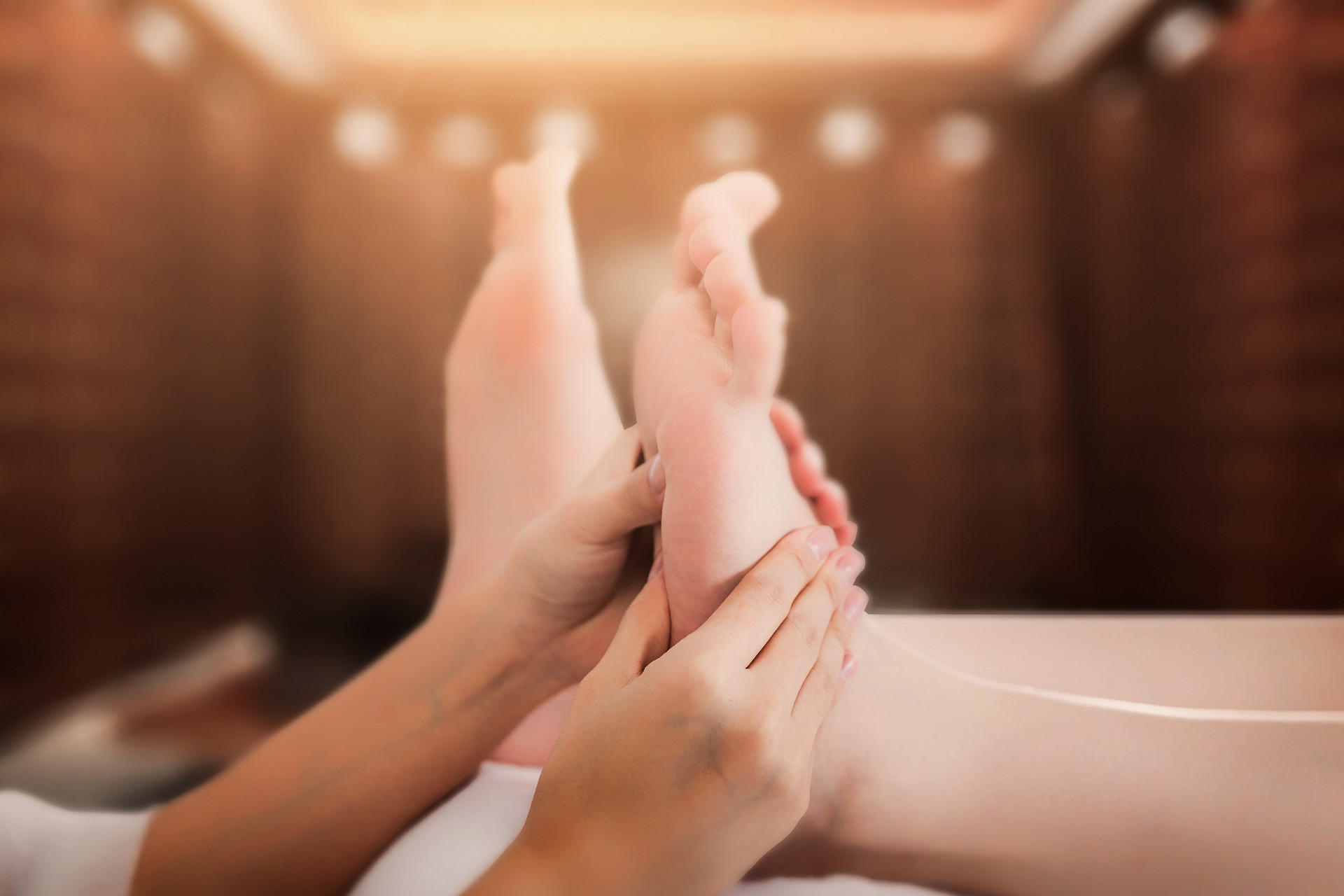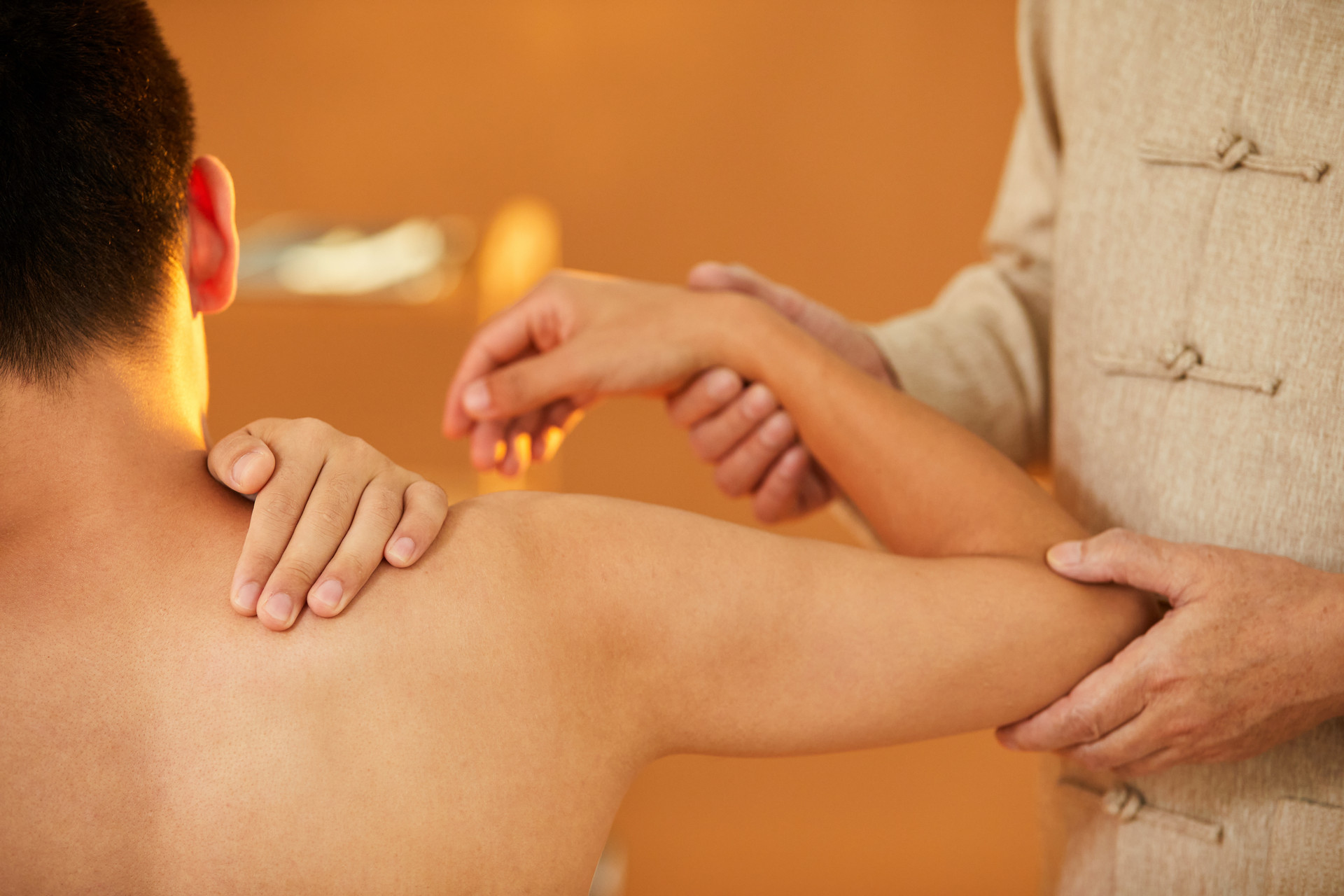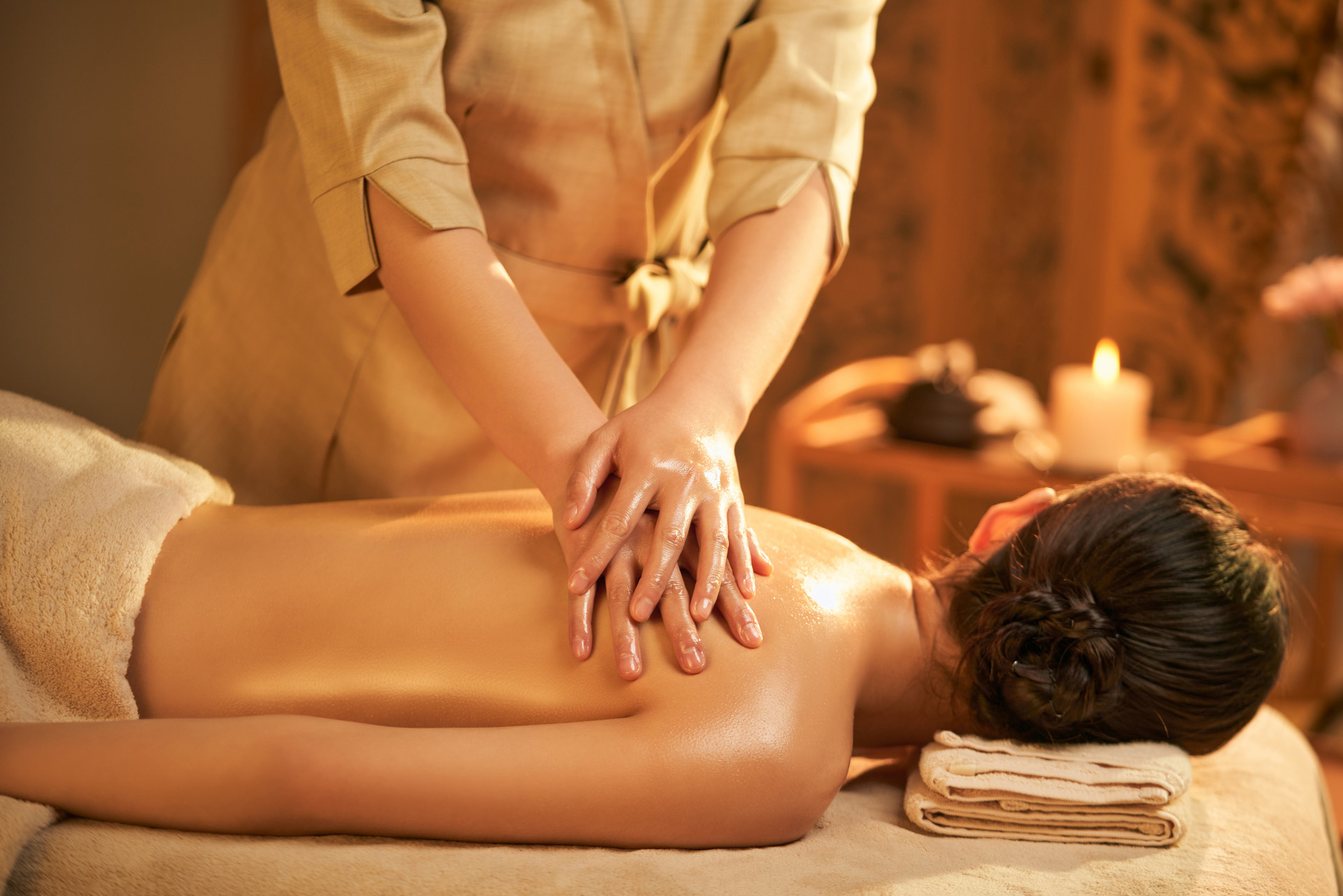Children are prone to getting colds, especially when they have a fever. Mothers often feel helpless and anxious, wishing they could take their child's place. In order to help their child recover quickly, mothers try various methods. They don't want to rely solely on medication or subject their child to the pain of injections. So, besides medication and injections, are there any other options?
Traditional Chinese medicine is known for its profound knowledge and expertise. Pediatric massage therapy, a form of external treatment in traditional Chinese medicine, embodies the principles of green and healthy treatment. It has proven efficacy, is easily accepted by children, and has no side effects.
Pediatric fever refers to a body temperature higher than the normal standard, which can occur in the course of many acute and chronic diseases. Acute diseases are often accompanied by chills and fever, while chronic diseases may present with low-grade or intermittent fever. According to traditional Chinese medicine, children have weaker constitutions and lower resistance to pathogenic factors. Combined with their inability to regulate cold and heat, improper parental care can make them susceptible to invasion by external cold pathogens. The invasion of these pathogens can lead to fever due to the stagnation of the body's protective yang energy. Additionally, congenital deficiencies, postnatal nutritional imbalances, or chronic illness can cause deficiency in yin energy and result in fever. External misdiagnosis or internal injuries caused by improper diet can lead to lung and stomach congestion, resulting in the transformation of stagnation into heat. Traditional Chinese medicine classifies pediatric fever into four common types: external pathogenic fever, internal yin deficiency fever, lung-stomach excess heat fever, and pediatric summer heat fever.
External pathogenic fever:
External pathogenic fever in children is characterized by fever with aversion to cold, accompanied by nasal congestion, runny nose, sneezing, coughing, and sometimes headache, scratchy throat, or redness of the throat. In pediatric massage therapy, besides focusing on the Tian Men point, pushing the Kan Gong point, and rubbing the Tai Yang point, the Qing Fei Jing point can also be stimulated 200 times.
Specific method: Use the side or tip of the thumb to make a straight-line pushing motion on the acupoints located between the distal phalanges of the index finger of the child's non-dominant hand. Rotational pushing is considered tonifying, called tonifying the lung meridian, while straight pushing from the fingertips towards the base of the finger is considered clearing, called clearing the lung meridian. Tonifying and clearing the lung meridian are collectively called pushing the lung meridian. In this case, clearing the lung meridian is used, with 300-500 pushes.
Internal yin deficiency fever:
Internal yin deficiency fever in children is characterized by afternoon fever, hot palms and soles, flushed cheeks, profuse sweating during sleep, restless sleep, thirst, weight loss, constipation, scanty yellow urine, red tongue with little coating, and pale purple fingerprints. In pediatric massage therapy, in addition to tonifying the kidney and lung meridians, rubbing the Shang Ma point can also be added 200 times.
Specific method: Use rubbing technique between the metacarpophalangeal joints of the little finger and ring finger on the back of the child's hand, using the fingertip to rotate and rub in a clockwise or counterclockwise direction on the specific acupoints. Note that the rubbing should be done with the middle finger, known as rubbing the Xiao Tian Xin point. 100-300 rubs are recommended.
Lung-stomach excess heat fever:
Lung-stomach excess heat fever in children is characterized by high fever, red face, red lips, coarse breathing sounds, dry stools, thirst with a preference for drinking, and loss of appetite. In pediatric massage therapy, in addition to clearing the lung meridian, clearing the large intestine, and rubbing the Ban Men point, massaging the Qing Wei Jing point can also be added 200 times.
Specific method: Use pushing technique on the first joint of the thumb on the palm side, using the side or tip of the thumb to make a straight-line pushing motion on the acupoints. Specifically, rotational pushing is considered tonifying, called tonifying the stomach meridian, while straight pushing towards the base of the finger is considered clearing, called clearing the stomach meridian. Tonifying and clearing the stomach meridian are collectively called pushing the stomach meridian. In this case, clearing the stomach meridian is used, with 100-300 pushes.
Pediatric summer heat fever:
Pediatric summer heat fever is commonly seen in children between the ages of one and two years old, and is also known as summer fever. In the early stages of the illness, the general condition is usually good and there are no serious symptoms. During high fever, the child may appear sleepy, but there are rarely any severe symptoms such as convulsions or coma. In pediatric massage therapy, in addition to focusing on the Tian Men point, pushing the Kan Gong point, rubbing the Tai Yang point, clearing the Tian He Shui point, clearing the lung meridian, and clearing the liver meridian, massaging the Xiao Tian Xin point can also be added 100 times.
Specific method: Use rubbing technique on the depression between the metacarpophalangeal joint of the thumb and the interdigital folds of the palm, known as the interdigital junction. Use the fingertip to rotate and rub in a clockwise or counterclockwise direction on the specific acupoints. Note that the rubbing should be done with the index finger, known as rubbing the Xiao Tian Xin point. 100-300 rubs are recommended.
Pediatric massage therapy for reducing fever can achieve immediate results. Sweating and fever reduction can often be achieved after just one treatment. For mild colds and fevers, pediatric massage therapy alone can be effective in reducing fever. For severe infections and persistent fever, 2-3 sessions of pediatric massage therapy can also help reduce fever. For most children with fever, physical cooling measures and pediatric massage therapy can solve the problem, eliminating the agony of waiting in line for injections at the hospital and avoiding the risk of cross-infection. However, for other factors such as fever caused by vaccination reactions, including measles, cholera, diphtheria, pertussis, and tetanus, pediatric massage therapy is only used as an auxiliary method.
Pediatric massage therapy requires professional techniques, with strict requirements for direction, strength, and frequency. It is recommended that when a child falls ill, they should first seek medical attention at a hospital, and then receive pediatric massage therapy from a professional pediatric massage therapist. After recovery, parents can follow professional guidance and perform some maintenance and massage treatments.







